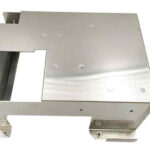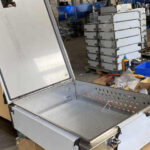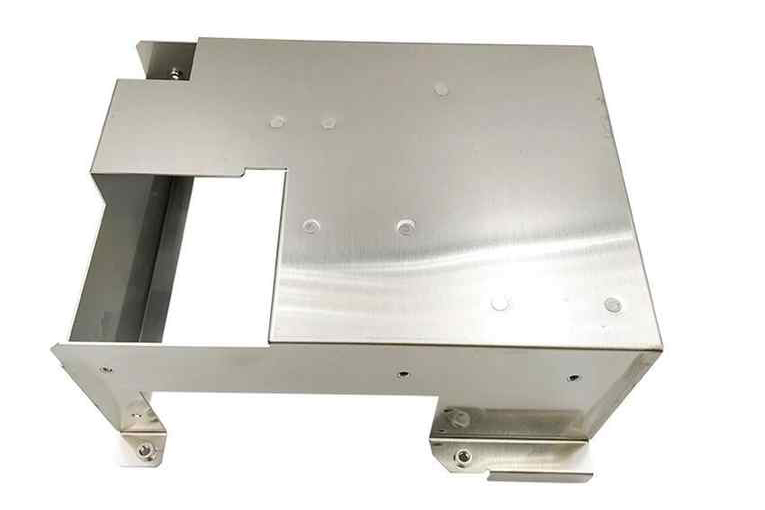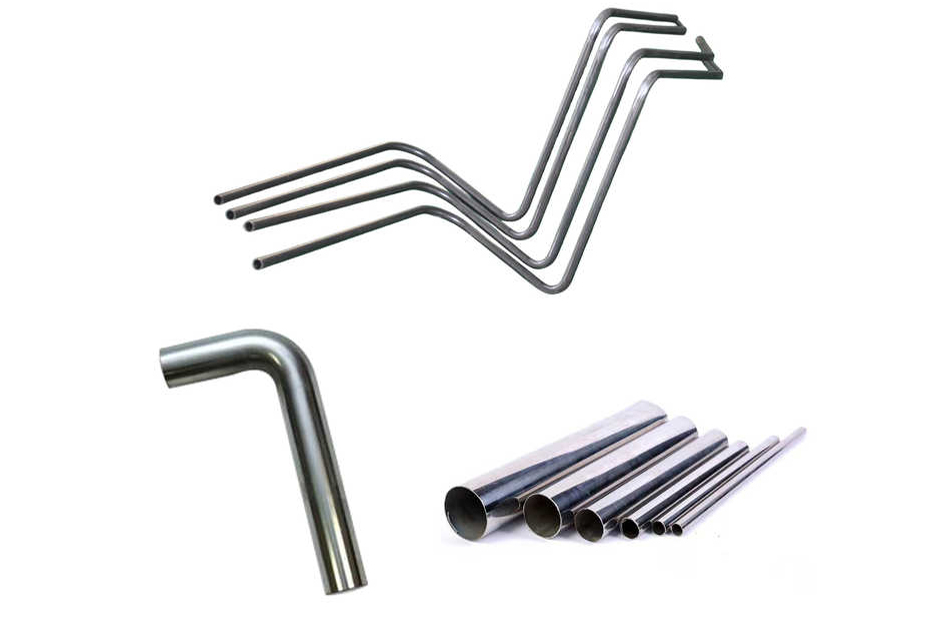
Metal fabrication techniques
November 24, 2023
Metal Fabrication Materials
December 11, 2023Exploring Advanced Metal Fabrication Equipment: Revolutionizing Manufacturing Processes

Metal fabrication is a highly specialized field that relies on advanced equipment to transform raw materials into finished metal products. The evolution of metal fabrication equipment has greatly enhanced productivity, efficiency, and precision in the manufacturing industry. In this article, we will delve into some of the cutting-edge equipment used in metal fabrication, highlighting their capabilities and contributions to modern manufacturing processes.
1. CNC Machines:
Computer Numerical Control (CNC) machines are at the forefront of metal fabrication equipment. These automated machines utilize computer programming to control the movement of cutting tools, enabling precise and complex operations. CNC machines can perform various tasks, including cutting, drilling, milling, and bending, making them indispensable in metal fabrication workshops. They offer exceptional accuracy, repeatability, and versatility, ensuring consistent and high-quality results.
2. Laser Cutting Systems:
Laser cutting systems have revolutionized the metal fabrication industry with their ability to create intricate designs and precise cuts. These machines employ a high-powered laser beam focused on the material, melting, burning, or vaporizing it to achieve the desired shape. Laser cutting offers advantages such as minimal material wastage, clean edges, and the ability to cut a wide range of metals and thicknesses. It is widely used in industries such as automotive, aerospace, and electronics.
3. Waterjet Cutting Machines:
Waterjet cutting machines utilize a high-pressure jet of water mixed with an abrasive substance to cut through metal materials. This versatile technique offers exceptional precision, enabling the production of intricate designs and shapes. Waterjet cutting is known for its ability to cut thick materials, including reflective metals and heat-sensitive alloys, without inducing thermal distortion or affecting material properties. It finds applications in sectors such as architecture, industrial manufacturing, and aerospace.
4. Press Brakes:
Press brakes are essential equipment in metal fabrication workshops for bending and shaping metal sheets with precision. These machines use hydraulics or mechanical force to apply pressure on the metal, resulting in accurate and consistent bends. Press brakes can handle a wide range of material thicknesses and offer various bending methods, including air bending, bottom bending, and coining. Their versatility makes them ideal for producing components used in construction, automotive, and aerospace industries.
5. Welding Machines:
Welding machines are crucial equipment in metal fabrication for joining metal components together. Advanced welding technologies, such as TIG (Tungsten Inert Gas), MIG (Metal Inert Gas), and laser welding, ensure strong and durable welds. These machines provide precise control over heat input, allowing for high-quality welds with minimal distortion and reduced rework. Welding machines find applications in various industries, including manufacturing, construction, and automotive.
6. CNC Punch Presses:
CNC punch presses automate the process of creating holes, shapes, and designs in metal sheets using punches and dies. These machines offer high-speed and accurate punching, reducing production time and enhancing productivity. CNC punch presses can work with different materials and can perform additional operations like forming, embossing, and countersinking. They are widely used in industries requiring mass production of metal components, such as electronics, appliances, and automotive manufacturing.
Conclusion:
The advancements in metal fabrication equipment have transformed the manufacturing landscape, enabling faster production, improved precision, and enhanced efficiency. CNC machines, laser cutting systems, waterjet cutting machines, press brakes, welding machines, and CNC punch presses are among the cutting-edge equipment revolutionizing metal fabrication processes. By leveraging these technologies, manufacturers can meet the demands of modern-day manufacturing, delivering high-quality metal products that adhere to stringent specifications and standards.



